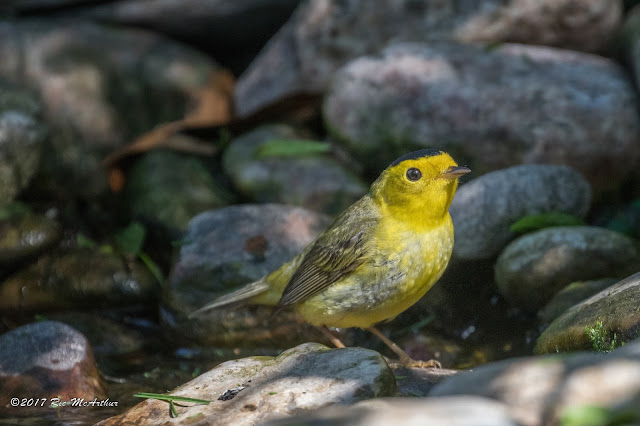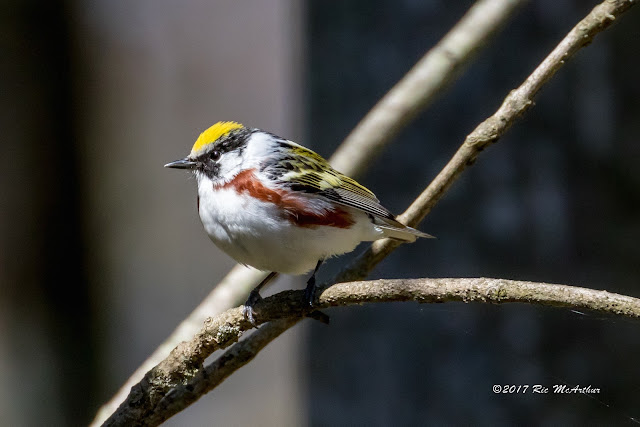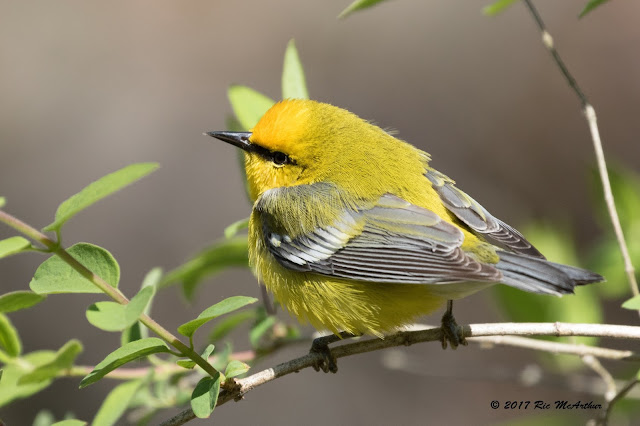Face to face.

We were out on the pontoon boat along the south beach at Rondeau when we saw a flock of shorebirds. One was this Ruddy Turnstone. They use their stout, slightly upturned bill to flip debris on the beach to uncover insects and small crustaceans. Arenaria interpres. Walking on wet and slippery rocks can be treacherous for just about anyone without good gripping shoes. Ruddy Turnstones have special feet that are somewhat spiny, with short, sharply curved toenails that help them hold on. They also have a low center of gravity thanks to their short legs that helps keep them anchored. source - Cornell Lab of Ornithology.

























